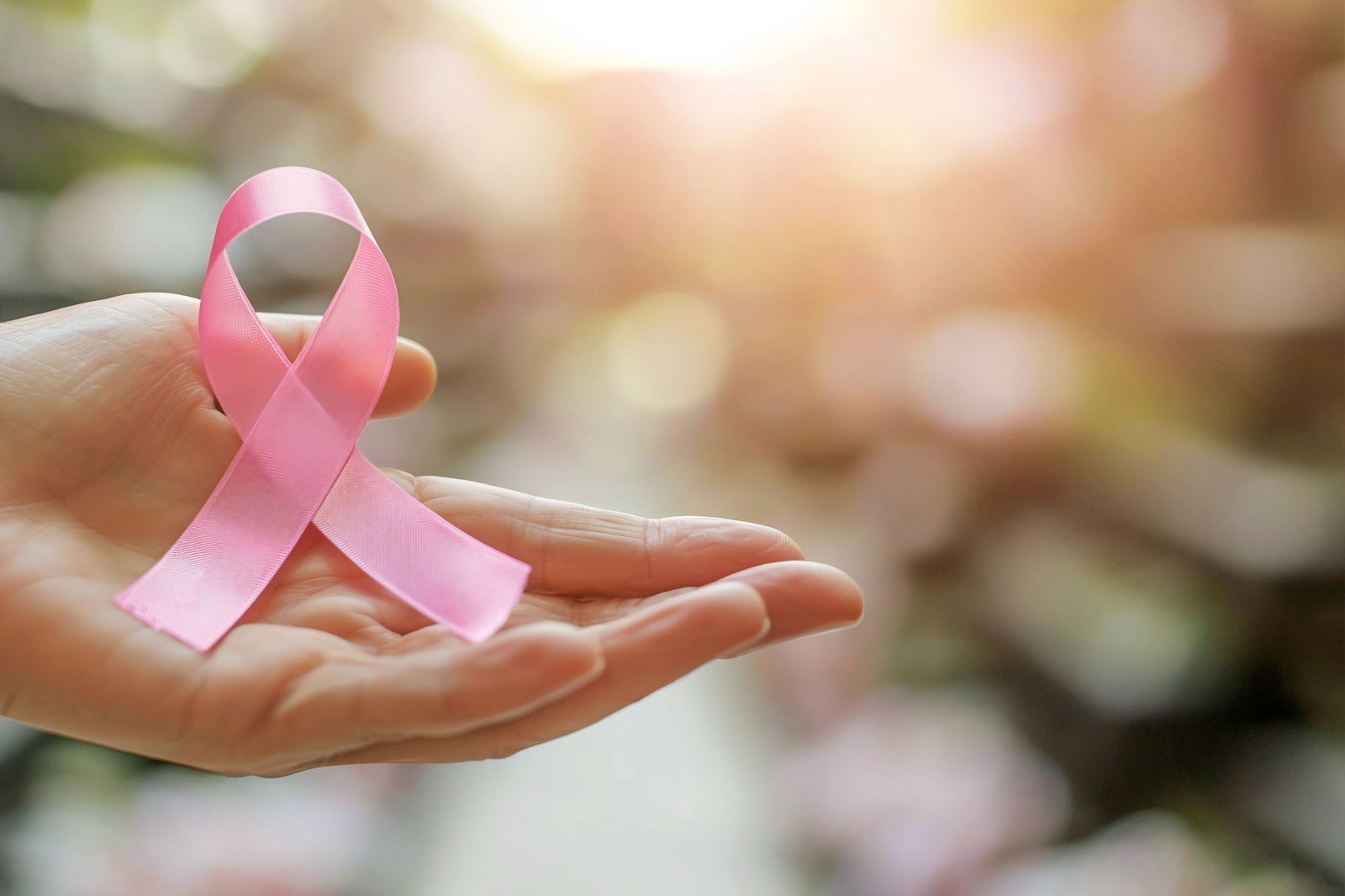

How many people get diagnosed with melanoma in Australia?
Australia is believed to have one of the highest melanoma rates globally. It is a significant public health concern due to the high proportion of fair-skinned people and exposure to intense UV radiation. In 2023, an estimated 18,257 new cases of melanoma were diagnosed in Australia.
In 2019, there were 15,628 new cases of melanoma, with 9,134 males and 6,493 females. Australia has a vast number of cases of melanoma for several reasons. First, understand the melanoma risk factors and then the reasons behind cases of melanoma in Australia.
Melanoma: Risk Factors
Melnoma is a type of skin cancer including squamous cell carcinoma and basal cell carcinoma. It is a serious type of skin cancer as it can spread to other parts of the body. It develops when melanocytes, the cells responsible for producing melanin, mutate and begin to grow uncontrollably.
If not diagnosed and treated early, it can spread to other parts of the body, making it difficult to treat. Here are some risk factors of melanoma that you need to be aware of:
Ultraviolet Exposure
Excessive sun exposure is one of the biggest red flags in melanoma. The sun’s UV rays are the primary and most important cause of melanoma. Tanning beds or lamps can often increase the risk. Frequent or severe sunburns, especially in childhood, significantly increase the risk.
Skin, Hair and Eye Colour
Individuals with lighter complexion such as fair skin, light hair and blue or green eyes are at higher risk of developing melanoma. People who tend to burn easily in the sun are more likely to get diagnosed with melanoma.
History Of Cancer
If you or your family have ever had a melanoma diagnosis in past, you are more likely to have a higher risk of developing it again if not follow healthy habits or protection from the sun. A personal history of skin cancer can also increase risks.
Age
The risk of melanoma can increase with age. Although melanoma is often considered a disease of older individuals, it can also be increasingly diagnosed in younger adults.
Weak Immune System
If you are recovering from a disease or any illness, then your immune system needs special care. A weakened immune system can increase the risk of melanoma diagnosis.
The risk factors are now clear, but why do Australians have a higher risk of developing melanoma? Wll! Moving ahead, we will get to know more about this.
Melanoma Diagnosis in Australia: Why The Risk Is Higher For Australians?
Australia is one of the countries where melanoma cases are higher than in other countries. The risk factors have already been discussed above, so now we can understand it in a better way.
Australia receives the highest UV radiation levels. Also, a large percentage of the population has fair skin, blonde hair and blue or green eyes. Here is a better breakdown:
1. Outdoor Lifestyle
Australians spend their time often outside. Activities such as swimming, surfing and outdoor sports are normal and promoted in the country. Their regular outdoor activities increase sun exposure, especially melanoma later in life.
Childhood sun exposure is a major risk factor for developing melanoma. Although sun protection is more common now, cases have seen significant increases in the past year. It is recommended to wear sunscreen with a high SPF, and frequent reapplication is essential for continued protection.
2. High Exposrure of UV Radiation
As mentioned above, Australia is one of the most popular countries for excessive UV radiation due to its geographic location where the sunlight is more direct. UV rays are a major cause of skin cell damage, which can lead to melanoma. You need to be more protective even on cloudy days because UV radiation can penetrate the skin. As a result, Australians are at a higher risk of developing melanoma compared to other populations.
3. Fair Skin
People with lighter complexion are at higher risk of developing melanoma. A large proportion of Australia’s population has fair skin, light cloured eyes and hair (red or blonde)- as you can see, all these characteristics are associated with melanoma risk factors. Fair-skinned individuals burn more easily and have a greater risk of DNA damage from sun exposure.
The high UV environment of Australia makes individuals more susceptible to developing skin cancers, especially melanoma, which is why early melanoma diagnosis is essential for better survival rates and treatment. Do visit for regular skin chekups and conduct self-examination at home.

